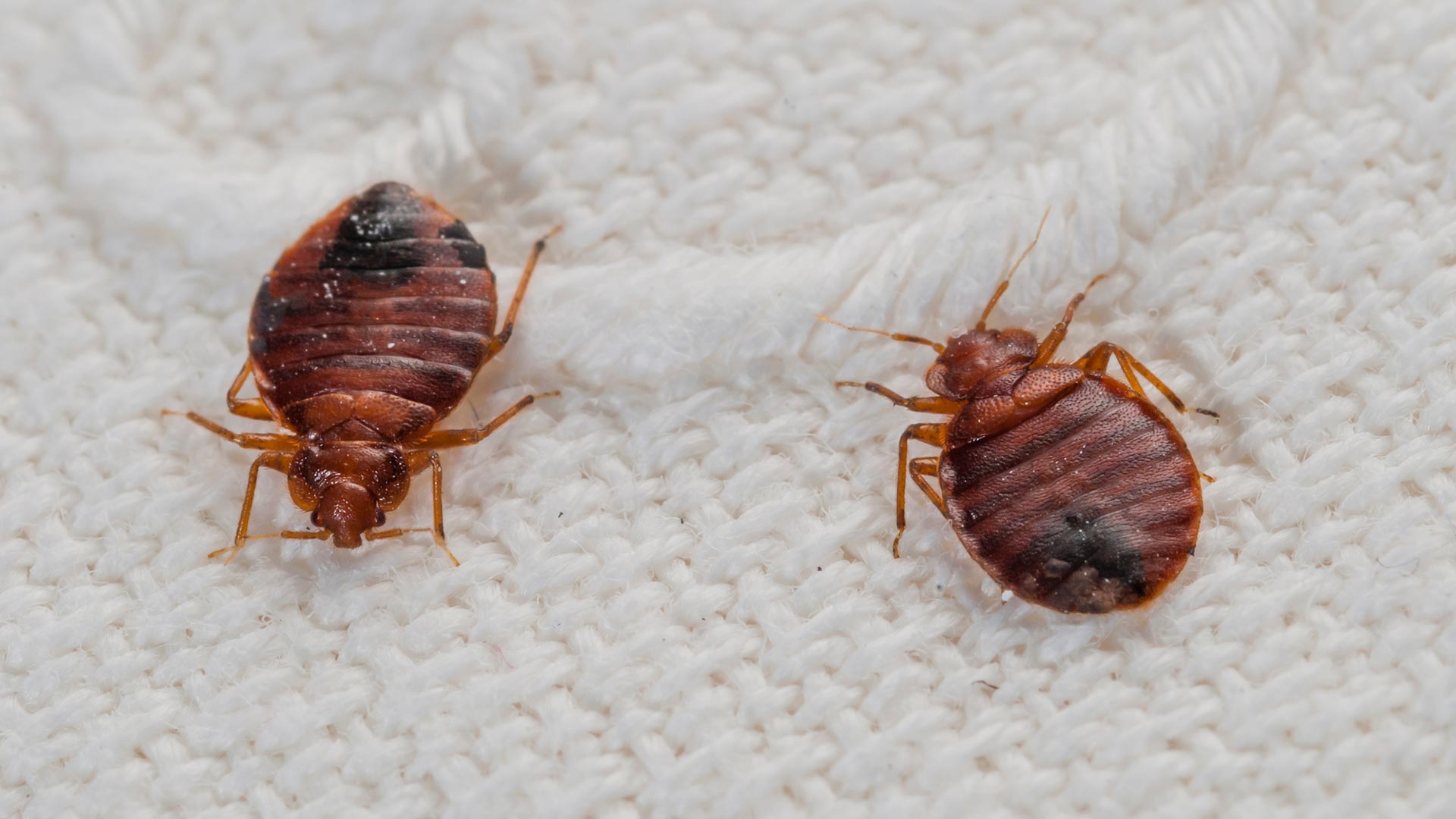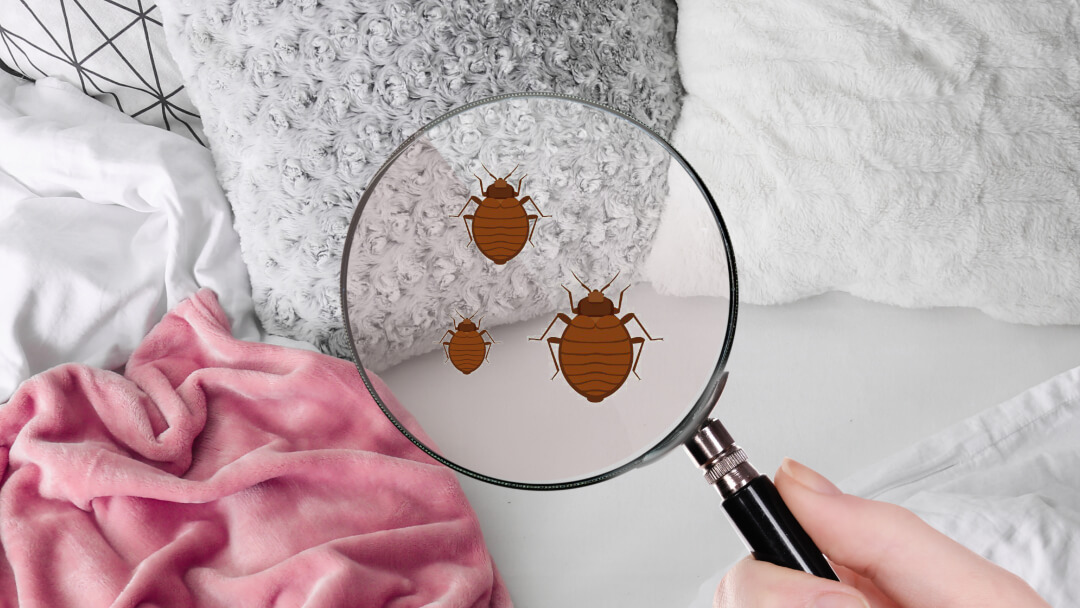Trusted Bed Bug Exterminator for Fast and Safe Elimination
Trusted Bed Bug Exterminator for Fast and Safe Elimination
Blog Article
Get Enlightened About the Kinds of Bug Control Methods and Their Advantages for Property Owners
Understanding the numerous bug control methods available to home owners is necessary for effective parasite management. From chemical and organic methods to cultural and mechanical techniques, each technique offers special benefits that can dramatically impact both health and wellness and ecological security. Home owners that are well-informed can make critical choices that not only address bug concerns however additionally boost the overall high quality of their living environment. As we explore these techniques further, it ends up being clear that the decision-making procedure involves greater than simply prompt results; it touches on lasting sustainability and well-being. What variables should influence these important choices?
Chemical Pest Control Approaches
Chemical parasite control techniques are an important element of integrated pest monitoring methods for property owners seeking reliable options to pest invasions. These techniques include the application of chemical substances made to remove or hinder bugs that endanger personal effects, health, and comfort. Usual chemicals utilized include pesticides, herbicides, rodenticides, and fungicides, each tailored to target certain insects.
The primary benefit of chemical insect control is its rapid performance; several formulations give instant results, decreasing pest populaces substantially in a brief time. Furthermore, advances in chemical solutions have caused products that are a lot more eco-friendly and have lower poisoning levels for non-target microorganisms when applied appropriately.

Organic Bug Control Methods
Natural pest control methods have gained prominence as home owners look for safer and more lasting options to conventional chemical approaches. Organic bug control techniques utilize all-natural killers, parasites, or pathogens to take care of parasite populaces efficiently. This method is not only eco-friendly but additionally decreases the threat of injury to non-target types, including helpful bugs and wild animals.
Among the most usual biological control methods includes introducing all-natural killers into the environment. For instance, ladybugs can be utilized to control aphid populaces, while nematodes target soil-dwelling bugs like grubs. In addition, parasitoids-- organisms that reside on or within a host-- can be used to control certain pest types by laying eggs inside them, inevitably leading to their demise.
An additional approach is making use of biopesticides, which are originated from natural materials such as bacteria, minerals, or plants (bed bug exterminator). These items can efficiently target bugs while posturing minimal risk to people and pet dogs. Generally, organic pest control techniques offer homeowners with an effective ways of bug monitoring that straightens with ecological principles, promoting a healthier living atmosphere while lowering reliance on synthetic chemicals
Mechanical Bug Control Strategies
Mechanical insect control approaches incorporate a variety of techniques that literally prevent or remove parasites without using chemicals. These methods are especially advantageous for house owners looking for ecologically pleasant options while making certain the safety of their home.
One common method is using obstacles, such as webs, displays, and catches, which avoid insects from entering homes or particular areas. For instance, installing window displays can efficiently keep bugs out, while using physical barriers around gardens can hinder larger parasites like bunnies or deer. Additionally, mechanical catches developed for rats can catch and remove these bugs without look at this website the requirement for harmful materials.
One more effective method includes using brooms and vacuum cleaners to eliminate parasites straight from surface areas. Regular cleansing and maintenance can significantly minimize insect populaces by getting rid of food sources and hiding spots. Employing tools like ultrasonic pest repellents can hinder numerous bugs with sound waves that are unpleasant to them but inaudible to people.
Cultural Pest Control Practices
Cultural pest control methods concentrate on modifying the environment and administration methods to develop problems that are less conducive to pest invasions. These methods are basic in keeping a well balanced community and minimizing the dependence on chemical treatments. By modifying farming practices, homeowners can efficiently discourage bugs while advertising plant health and wellness.
One usual strategy consists of plant turning, which interferes with discover this the life cycles of parasites by altering the kinds of plants grown in a particular area (bed bug exterminator). This not only minimizes pest populations but also boosts dirt wellness. In addition, intercropping-- growing diverse crops in proximity-- can confuse parasites and lower their capacity to find their favored host plants
Water administration is one more vital element of cultural practices. Appropriate irrigation techniques can prevent standing water, which works as a breeding place for mosquitoes and other parasites. Keeping tidiness in and around the home, such as frequently removing particles and food waste, can considerably reduce bug attraction.
Including these cultural practices right into a comprehensive parasite administration strategy enables homeowners to develop an environment that normally prevents pests, therefore improving the performance of other control approaches while promoting lasting gardening and landscape design.

Integrated Parasite Management Approaches
Integrated Insect Administration (IPM) stands for a holistic technique that incorporates numerous strategies to successfully take care of parasite populations while lessening ecological influence. This technique integrates biological, cultural, physical, and chemical methods to accomplish sustainable parasite control. By assessing pest populations and their natural enemies, IPM highlights tracking and recognizing parasites prior to implementing control steps.
One of the core concepts of IPM is using limits, which establish the level of insect activity that requires treatment. This makes sure that therapies are used just you could look here when needed, minimizing the dependence on chemical pesticides. Organic control techniques, such as introducing natural killers or parasites, operate in combination with social practices like crop rotation and environment adjustment to interrupt pest life cycles.
Additionally, IPM encourages making use of least-toxic chemical choices when intervention is necessary, focusing on products that position marginal threat to non-target organisms and the environment. For homeowners, taking on IPM approaches not just improves the efficacy of pest monitoring however likewise promotes a much healthier living atmosphere, fostering biodiversity and lowering chemical exposure. Ultimately, IPM equips property owners to make enlightened decisions that stabilize bug control with ecological duty.
Conclusion
In verdict, recognizing the various pest control techniques equips house owners to make enlightened choices pertaining to pest monitoring. Each approach-- chemical, biological, mechanical, social, and integrated pest management-- provides unique advantages that provide to various demands and choices.
Understanding the various parasite control approaches readily available to homeowners is essential for effective pest management.Chemical pest control methods are an important part of incorporated bug administration techniques for homeowners looking for efficient services to pest infestations. On the whole, organic insect control strategies give property owners with an efficient methods of insect management that straightens with environmental concepts, advertising a healthier living environment while minimizing reliance on artificial chemicals.
Cultural pest control techniques focus on changing the atmosphere and management strategies to create problems that are less helpful to pest invasions.In conclusion, comprehending the various bug control methods equips homeowners to make educated decisions pertaining to pest management.
Report this page